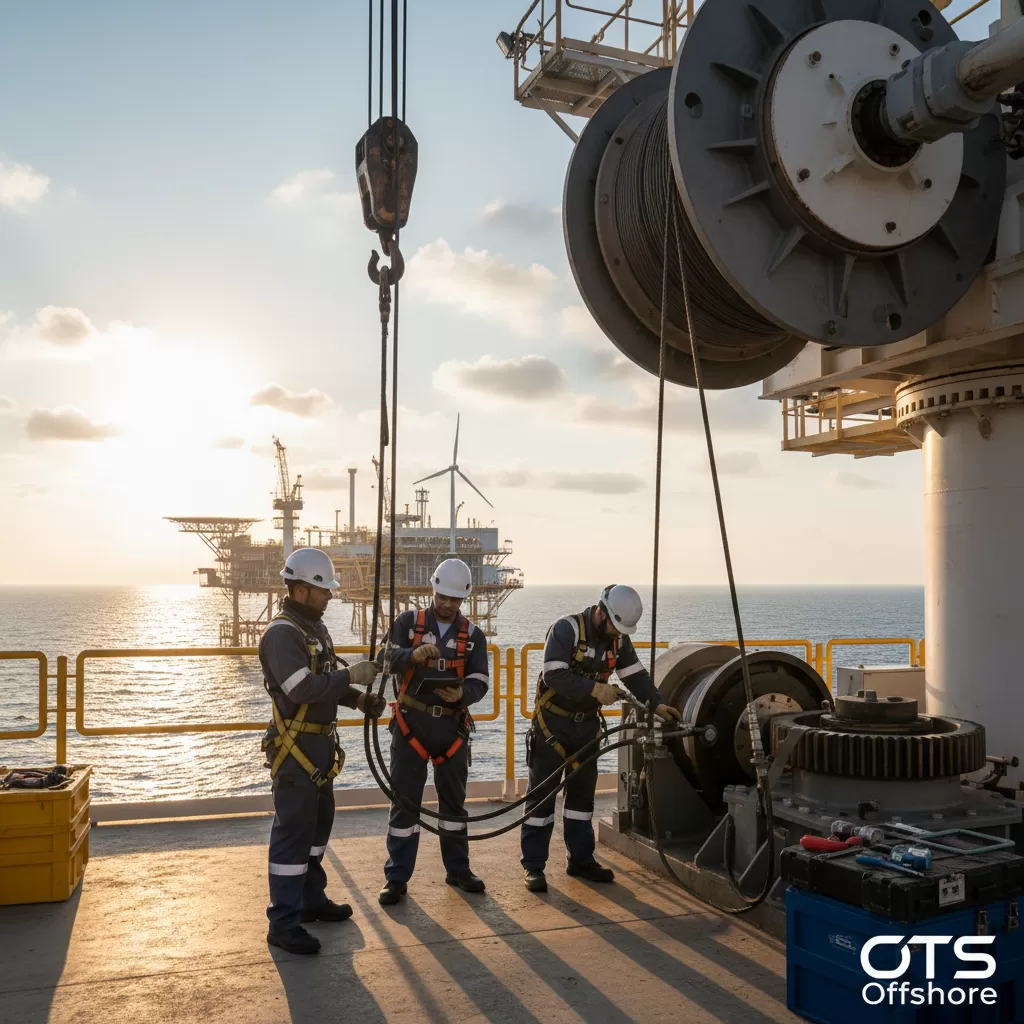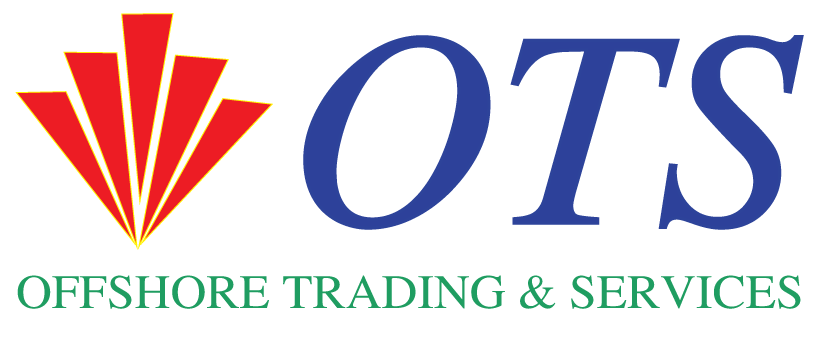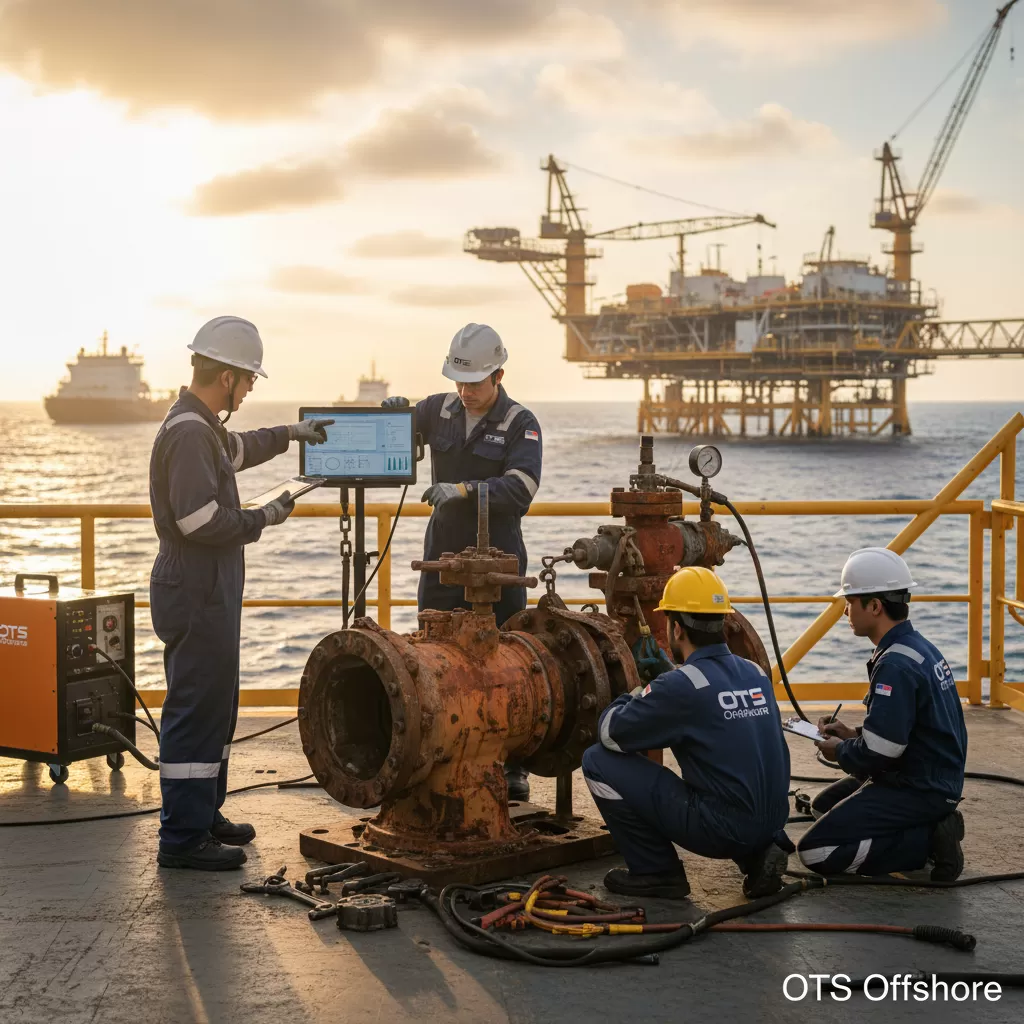This article delves into the fundamental maintenance strategies employed in the oil and gas industry: corrective, preventive, and condition-based monitoring (CBM). We will analyze their principles, advantages, disadvantages, and the evolving landscape of maintenance practices driven by technological advancements. Understanding these methods is crucial for optimizing asset reliability, minimizing downtime, and ensuring operational safety within the sector.
Analysis of the Three Basic Maintenance Methods: Corrective, Preventive, and Condition-Based Monitoring (CBM)
The relentless pursuit of operational efficiency, asset longevity, and paramount safety in the oil and gas sector hinges on the judicious application of robust maintenance strategies. While numerous methodologies exist, the foundational pillars of asset upkeep can be broadly categorized into three primary approaches: corrective maintenance, preventive maintenance, and condition-based monitoring (CBM). Each of these paradigms possesses distinct characteristics, operational implications, and economic considerations, making a comprehensive understanding of their interplay vital for effective asset management.
➡️ Xem thêm: OneSubsea to provide subsea equipment for Petrobras’ Roncador project
Corrective Maintenance: The Reactive Approach
Corrective maintenance, often referred to as breakdown maintenance or reactive maintenance, is the most rudimentary form of maintenance. It is characterized by its reactive nature, where maintenance activities are performed only after a component or system has failed or malfunctioned. The guiding principle is simple: fix it when it breaks.
Principles and Implementation
The core tenet of corrective maintenance is to address issues as they arise. This typically involves waiting for equipment failure to occur before initiating repair or replacement procedures. In its purest form, no proactive measures are taken to prevent such failures. Once a breakdown is detected, maintenance teams are dispatched to diagnose the problem and restore the asset to operational status. This can involve minor repairs, component replacements, or even extensive overhauls depending on the severity of the failure.
Advantages of Corrective Maintenance
Despite its inherent limitations, corrective maintenance does offer certain advantages, particularly in specific contexts.
– Cost-effectiveness for non-critical assets: For equipment that is inexpensive to replace or has a minimal impact on overall production when it fails, a purely corrective approach can be the most economical strategy. The cost of scheduled maintenance might outweigh the cost of infrequent, unexpected repairs.
– Simplicity of implementation: This strategy requires minimal planning and scheduling. Maintenance resources are deployed as needed, which can be appealing for organizations with limited maintenance planning capabilities.
– Reduced upfront investment: Unlike preventive or CBM strategies that necessitate investments in tools, sensors, and specialized personnel, corrective maintenance requires only the resources for reactive repairs.
Disadvantages of Corrective Maintenance
The drawbacks of corrective maintenance are significant and often outweigh its perceived benefits, especially in a capital-intensive and high-stakes industry like oil and gas.
– Unplanned downtime: The most critical disadvantage is the inherent unpredictability of failures. Unplanned downtime can lead to substantial production losses, missed deadlines, and the inability to meet contractual obligations. This is particularly detrimental in continuous operation environments common in the oil and gas sector.
– Increased repair costs: Equipment failure, especially when left unaddressed for a period, can escalate. A minor issue can cascade into a larger problem, requiring more extensive and costly repairs. Emergency repairs often incur premium labor and parts costs.
– Safety risks: Equipment failure in hazardous environments, such as offshore platforms or refineries, can pose severe safety risks to personnel and the environment. Unforeseen breakdowns can lead to accidents, leaks, or explosions.
– Reduced asset lifespan: Operating equipment until failure can lead to accelerated wear and tear, ultimately shortening the overall lifespan of the asset. This results in premature replacement and increased capital expenditure over time.
– Inefficient resource allocation: Maintenance teams operating under a corrective system are often engaged in a constant cycle of emergency repairs, making it difficult to plan workloads, manage inventory, and optimize resource utilization.

Preventive Maintenance: The Proactive Approach
Preventive maintenance (PM) shifts the focus from reacting to failures to proactively preventing them. It involves scheduled maintenance tasks performed at predetermined intervals, regardless of the actual condition of the equipment. The underlying assumption is that time-based or usage-based inspections and servicing can mitigate the likelihood of failure.
Principles and Implementation
Preventive maintenance is based on established manufacturer recommendations, industry best practices, and historical failure data. Maintenance tasks are scheduled based on factors such as operating hours, calendar time, production cycles, or mileage. Common preventive maintenance activities include lubrication, cleaning, inspection, calibration, minor adjustments, and the replacement of parts with known finite lifespans. The goal is to keep equipment in optimal working condition and minimize the probability of unexpected breakdowns.
Advantages of Preventive Maintenance
Preventive maintenance offers a significant improvement over corrective maintenance by introducing an element of control and foresight.
– Reduced unplanned downtime: By addressing potential issues before they lead to failure, PM significantly reduces the incidence of unexpected shutdowns, leading to more predictable production schedules and fewer lost revenue opportunities.
– Extended asset lifespan: Regular servicing and component replacements help maintain equipment in optimal condition, thereby prolonging its operational life and delaying the need for capital-intensive replacements.
– Improved safety: Proactive identification and rectification of potential safety hazards can prevent accidents and ensure a safer working environment for personnel.
– Predictable maintenance costs: While PM incurs regular maintenance expenses, these costs are generally more predictable and manageable than the unpredictable and often exorbitant costs associated with emergency repairs.
– Optimized spare parts management: Knowing when parts are likely to need replacement allows for better inventory management and procurement, reducing stockouts and excess inventory.
Disadvantages of Preventive Maintenance
Despite its benefits, preventive maintenance is not without its limitations and can sometimes lead to inefficiencies.
– Over-maintenance: Performing maintenance tasks at fixed intervals, irrespective of the actual need, can lead to unnecessary work being done. Components that are still in good condition may be replaced prematurely, leading to wasted resources and potential for introducing new issues during the maintenance process.
– Under-maintenance: If the predetermined intervals are too long, critical components may fail before the scheduled maintenance is performed, negating the intended benefits of PM.
– High maintenance costs: For some assets, performing maintenance tasks on a fixed schedule can be costly, especially if the tasks are labor-intensive or require significant downtime.
– Lack of specificity: PM does not account for the unique operating conditions or the actual wear and tear experienced by individual assets. Two identical pieces of equipment operating under different loads or environments may have vastly different wear rates.
➡️ Xem thêm: Saipem signs up to geothermal energy partnership
Condition-Based Monitoring (CBM): The Intelligent Approach
Condition-based monitoring (CBM), also known as predictive maintenance, represents a more advanced and intelligent approach to asset upkeep. Instead of relying on fixed schedules or waiting for failure, CBM involves continuously or periodically monitoring the actual condition of equipment to determine when maintenance is required. This allows maintenance to be performed precisely when it is needed, maximizing asset availability and minimizing costs.
Principles and Implementation
CBM leverages various diagnostic tools and technologies to assess the operational health of machinery. Key monitoring techniques include:
– Vibration analysis: Detects abnormalities in rotating equipment such as pumps, motors, and turbines, indicating issues like imbalance, misalignment, or bearing defects.
– Thermography: Identifies hot spots in electrical and mechanical systems, which can signal impending failures in connections, insulation, or mechanical friction.
– Oil analysis: Examines lubricant properties for wear particles, contaminants, and degradation, providing insights into the internal health of machinery.
– Ultrasonic testing: Detects leaks in pipes, compressed air systems, and electrical equipment, as well as identifying bearing defects and early signs of cavitation.
– Motor current analysis: Monitors electrical signatures of electric motors to detect developing faults.
– Performance monitoring: Tracks operational parameters like pressure, temperature, flow rates, and efficiency to identify deviations from normal operating ranges.
Data collected from these monitoring techniques is analyzed, often with the aid of specialized software and algorithms. When the data indicates a potential issue or a significant degradation in condition, a maintenance work order is generated for intervention. The maintenance is then scheduled based on the actual condition of the asset, not a predetermined time interval.
Advantages of Condition-Based Monitoring
CBM offers the most significant advantages in terms of optimizing maintenance strategies and maximizing asset performance.
– Maintenance performed only when needed: This is the cornerstone of CBM. By intervening based on actual condition, resources are not wasted on unnecessary maintenance, and components are not replaced prematurely.
– Significant reduction in unplanned downtime: Early detection of developing faults allows for planned interventions, minimizing unexpected failures and associated production losses.
– Extended asset lifespan: By addressing issues in their early stages, CBM prevents minor problems from escalating into catastrophic failures, thereby maximizing the lifespan of valuable assets.
– Optimized maintenance costs: While CBM requires an initial investment in monitoring equipment and software, it often leads to substantial cost savings in the long run through reduced maintenance labor, fewer unnecessary part replacements, and minimized downtime.
– Enhanced safety: Proactive identification of potential failures in critical systems contributes to a safer operating environment, reducing the risk of accidents.
– Improved diagnostic capabilities: CBM provides deeper insights into the root causes of failures, enabling better problem-solving and continuous improvement of maintenance practices.
– Increased asset reliability and availability: By ensuring that assets are maintained optimally and are less prone to unexpected failures, CBM directly contributes to higher overall reliability and availability.
Disadvantages of Condition-Based Monitoring
While CBM is highly effective, its implementation requires careful consideration and can present certain challenges.
– Initial investment: Implementing a comprehensive CBM program requires significant upfront investment in specialized diagnostic equipment, sensors, software, and training for personnel.
– Skilled workforce requirement: Operating and interpreting data from CBM systems requires a skilled and trained workforce with expertise in areas like vibration analysis, thermography, and data analytics.
– Data management and analysis complexity: CBM generates large volumes of data that need to be effectively managed, stored, and analyzed. This can be a complex undertaking requiring robust IT infrastructure and data management strategies.
– Potential for false alarms or missed diagnoses: No diagnostic technique is foolproof. Incorrect data interpretation or equipment malfunction can lead to false alarms, causing unnecessary maintenance, or missed diagnoses, allowing a problem to progress undetected.

The Evolution of Maintenance in the Oil and Gas Industry
The oil and gas industry has historically relied on a combination of corrective and preventive maintenance. However, the increasing complexity of assets, the harsh operating environments, and the immense financial implications of downtime have driven a significant shift towards more sophisticated approaches. Condition-based monitoring is no longer a niche strategy but an integral part of modern asset management.
The advent of the Industrial Internet of Things (IIoT), advanced sensors, artificial intelligence (AI), and machine learning (ML) is further revolutionizing CBM. These technologies enable real-time data acquisition, more sophisticated predictive analytics, and the development of highly accurate failure prediction models. This is leading to the emergence of even more advanced strategies, often termed “predictive maintenance” or “prescriptive maintenance,” which not only predict failures but also recommend specific actions to prevent them.
Organizations are increasingly adopting a hybrid approach, integrating elements of all three methods to create a tailored maintenance strategy. Critical assets may undergo rigorous CBM, while less critical equipment might still benefit from scheduled preventive maintenance. Corrective maintenance is often retained as a fallback for non-critical, low-cost items or for situations where immediate intervention is the most pragmatic solution.
The choice of maintenance strategy is not a one-size-fits-all decision. It requires a thorough assessment of asset criticality, operating environment, cost-benefit analysis, safety considerations, and the available technological capabilities. A well-defined and continuously optimized maintenance program, leveraging the strengths of each method, is paramount for ensuring the sustained success and profitability of operations in the dynamic oil and gas landscape.








